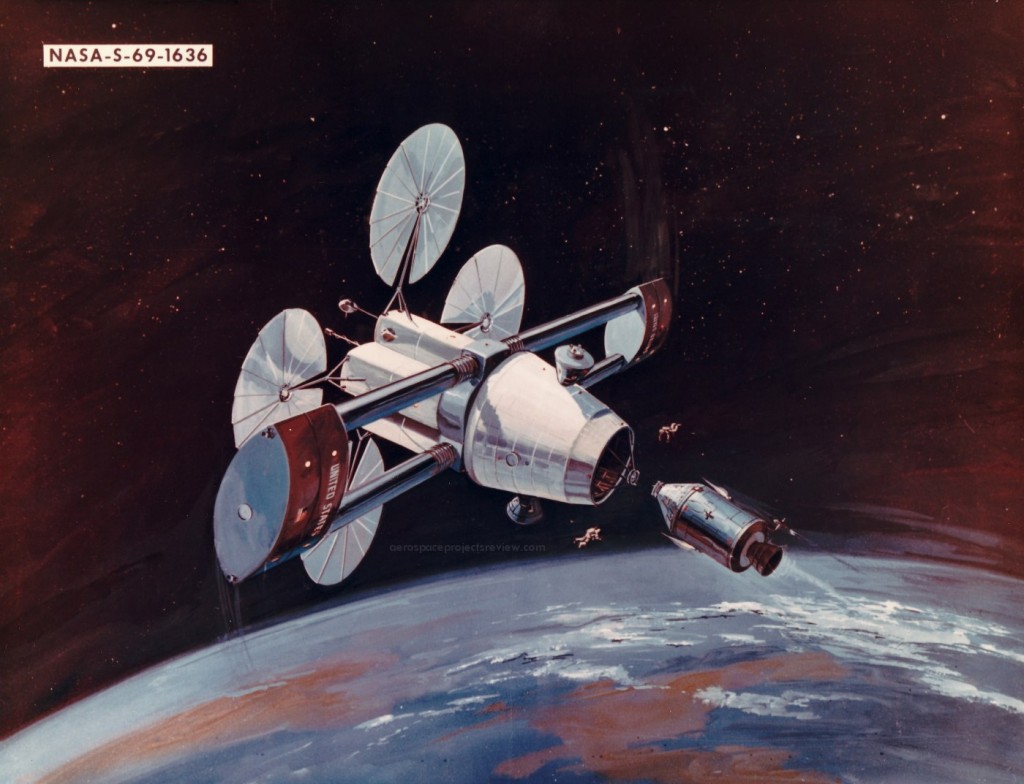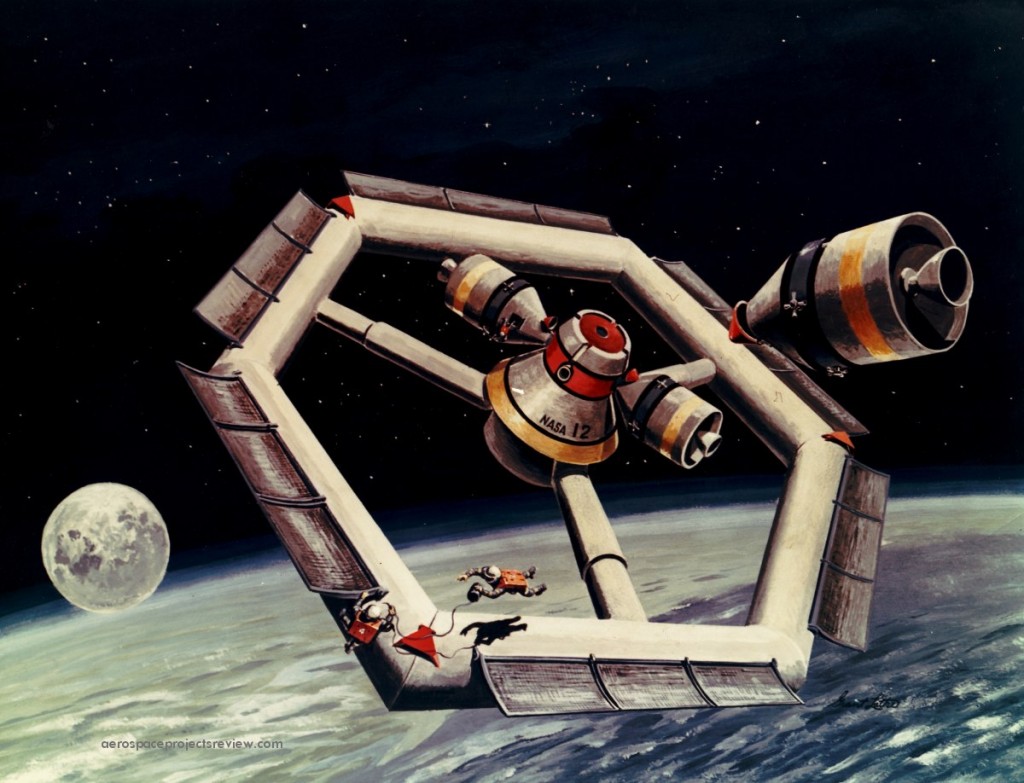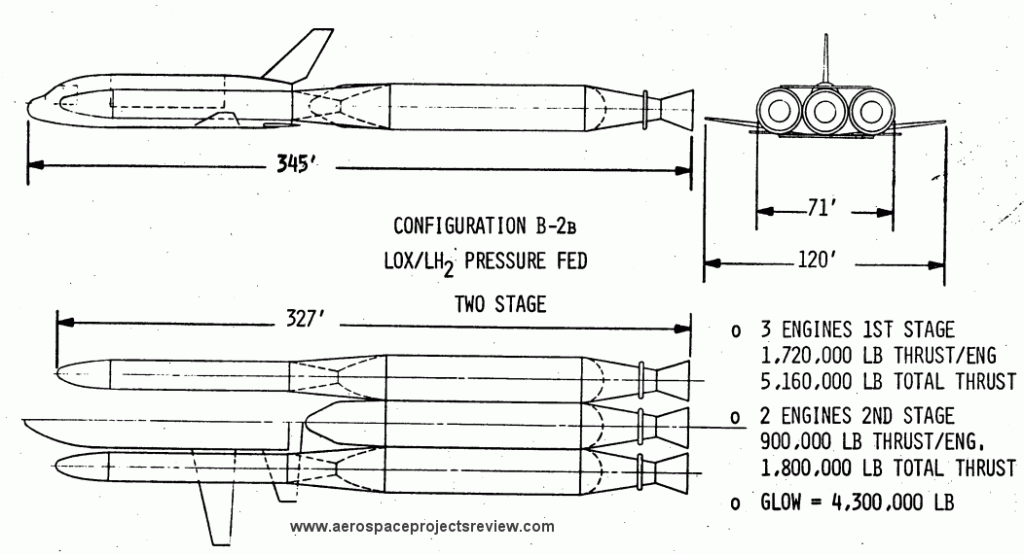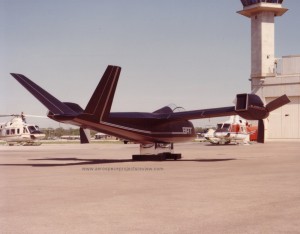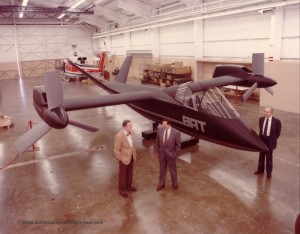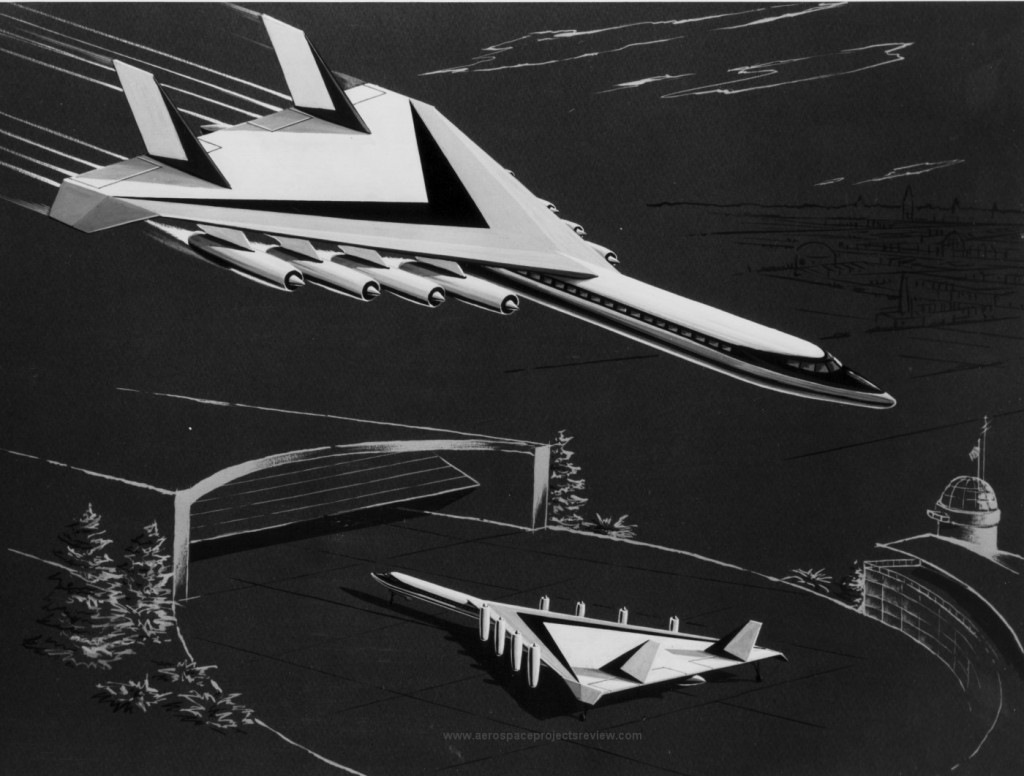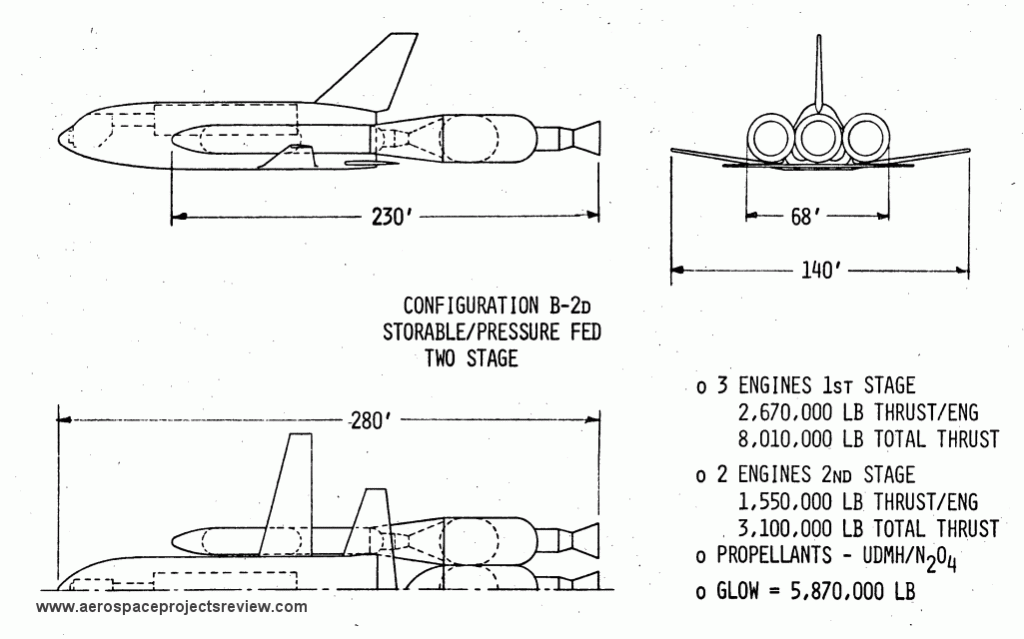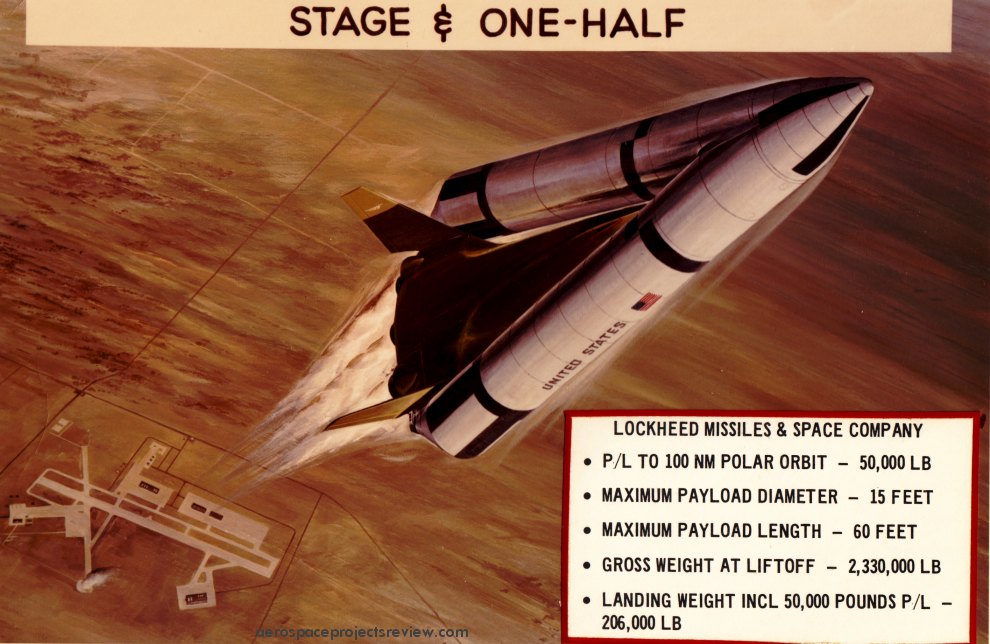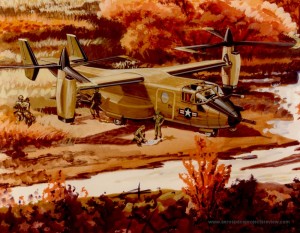A1969-vintage artists impression of a single-launch space station with “arms” that would unfold. The whole structure would rotate, providing “artificial gravity” for the crew via centrifugal force.
NASA artwork from 1962 depicting a single-launch space station. Launched by a Saturn V, this space station would be folded up, then would unfold once on orbit to form something of a torus. Rotation would then supply a measure of artificial gravity. With a design like this, much of the inner volume would not be very efficiently used… as the straight cylindrical segments diverge further from a circular centerline for a hypothetical truly circular torus, the more the inner surface of the segment would seem to slope “uphill.” Thus the interior would probably be stepped so that the floor would be “flat” from the acceleration vector point of view, to keep everything from rolling or sliding “downhill.” In this case the central hub appears to be rotationally decoupled.
Image is related to this radial-arm concept, and was scanned at the NASA HQ history archive.
A photo of the Bell Helicopter BAT (Bell Advanced Tiltrotor) mockup built in the late 1980s. This was an early competitor in the Light Helicopter eXperimental (LHX) program, eventually won by what would become the RAH-66 Comanche. While the BAT met the early requirements of the program, it was too unconventional.
A 1960’s concept painting from Bell depicting a vertical takeoff and landing supersonic transport. The eight individually podded turbojet engines were hinged so that they could rotate upwards at least 90 degrees, providing vertical thrust. It’s far from certain that this was an actual engineering effort as opposed to pure artistic marketing. Exactly what benefit there would be in a VTOL SST is anyones guest.
A Grumman alternate Space Shuttle concept with a low cross range orbiter and a series of pressue-fed storable-propellant rockets for the first and second stages. Pressure-fed boosters like this are heavy and relatively low-performance, but also relatively simple and cheap. The heavy construction required for the large high-pressure tanks makes them readily recoverable and refurbishable.
Artwork (via the NASA HQ History Office) of the Lockheed STAR Clipper. This was an early stage-and-a-half concept with a reusable orbiter and expendable propellant tanks. Vastly more info on this is available in APR issue V3N2.
